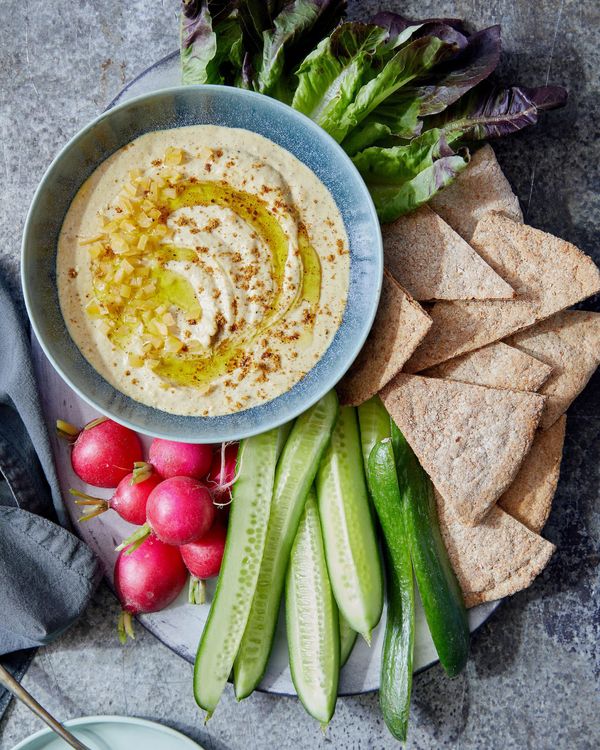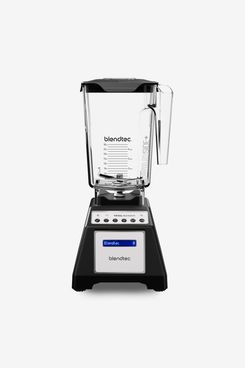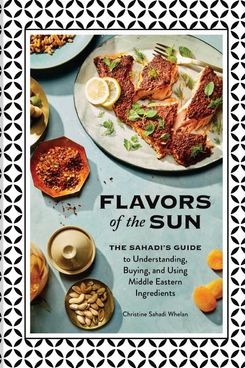
Brooklyn’s beloved Middle Eastern market Sahadi’s opened in 1948, and no trip there is complete without a half-quart of its incredible hummus. In honor of store’s first cookbook, Flavors of the Sun, we talked to Christine Sahadi Whelan, co-owner, granddaughter of the founder, and author of the book, about her favorite kitchen tool — and how to make that hummus.
At the store, the Sahadi’s staff uses an industrial-size blender to turn out all that hummus. But at home, Whelan employs her trusty Blendtec Total Blender Classic, which she’s owned for a decade. She turns to it for dressings and sauces because it emulsifies beautifully and efficiently: pomegranate balsamic, green tahini, harissa aioli, and preserved-lemon vinaigrette (there’s a recipe for that one in her book, served with a whole grilled snapper).
But most importantly, the Blendtec is the only route to making hummus as good as it tastes in the shop. The blender’s high speed ensures a creamy, fluffy result that can’t be achieved with a lesser model or a food processor, both of which tend to leave the hummus grainy and fail to pulverize any spare chickpea skins that may have made their way into the batch. (Vitamix, of course, also makes industry-favorite blenders that operate at a similar level, but Whelan prefers the Blendtec for its much quieter whir.) “If you don’t have a really good blender, you have to add a lot of ice water or cooking liquid to help smooth things out,” she explains. “By the time you get there, the hummus has become too drippy.”
How to make Sahadi’s famous hummus
Start by simmering ¾ cup of dried chickpeas until they’re “cooked to death” (this will yield about two cups total at the end). Drain the chickpeas, reserving some of the liquid from the pot. Once they’ve cooled down, put them into the blender with ¼ cup of tahini, 2 cloves garlic, and 3 tablespoons of the reserved liquid. “From there, I let it go. I assess the texture to see if it needs more liquid, and then I finish with ¼ cup fresh lemon juice and salt,” says Whelan. There are two variations in the book — a spicy version that omits the garlic and includes ¼ cup packed fresh dill, 1 teaspoon hot red-pepper flakes, and ¼ teaspoon cayenne pepper; and a Moroccan-style version, with 1 tablespoon diced preserved lemon rind and ½ teaspoon ras el hanout mixed in, plus a little extra for garnish. But at home, Whelan most often opts for a Lebanese style of presentation: decanted into a bowl, swished with the back of a spoon, and finished with a drizzle of high-quality olive oil and a sprinkle of Aleppo pepper.
The Strategist is designed to surface the most useful, expert recommendations for things to buy across the vast e-commerce landscape. Some of our latest conquests include the best acne treatments, rolling luggage, pillows for side sleepers, natural anxiety remedies, and bath towels. We update links when possible, but note that deals can expire and all prices are subject to change.








